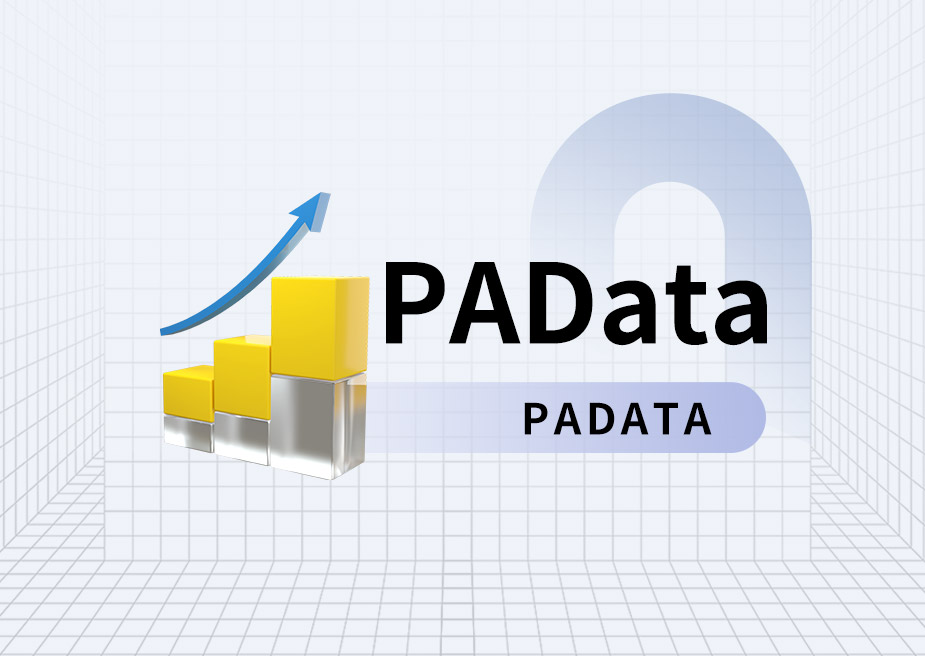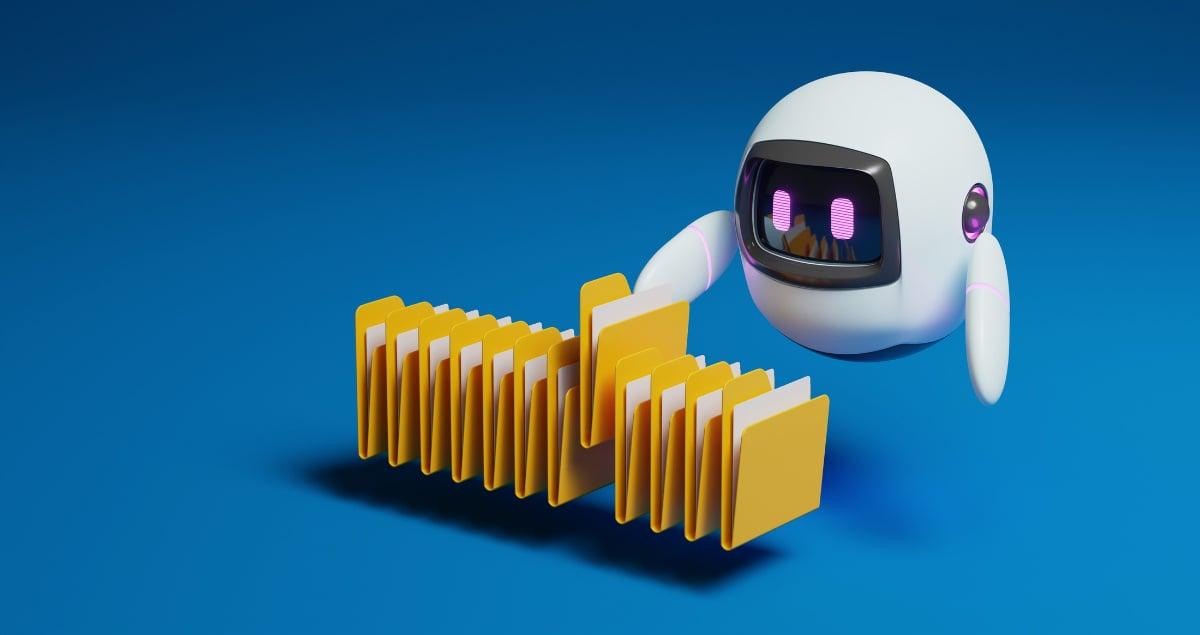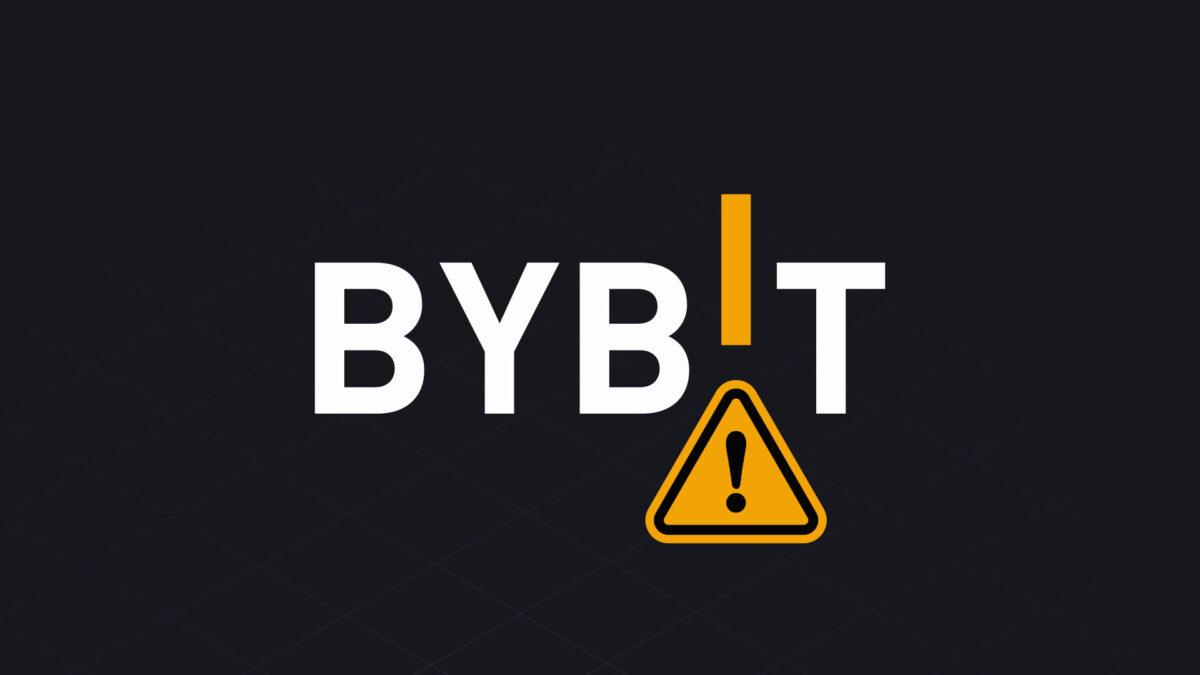In early summer, Cannes, France, which is a palace of film and art, unexpectedly staged a high-risk drama in the field of financial technology. Under the spotlight, Vlad Tenev, CEO of Robinhood, proudly displayed a "stock token" representing OpenAI's position, trying to portray it as another milestone in the financial democratization revolution. However, this carefully planned performance was almost instantly attacked by a precise sniper from across the ocean. Artificial intelligence giant OpenAI issued a brief but stern statement, revealing an unquestionable position between the lines: "We have not cooperated with Robinhood, have not participated in, and do not approve of this behavior."

This is not a simple PR war of words, but a profound conflict concerning the underlying logic of the financial world. It marks a head-on collision between Silicon Valley's disruptive spirit of "moving fast and breaking the rules" and the conservative barriers of the private equity market's "layers of licensing". This incident is like a probe that penetrates into the gray area of financial innovation. Its core is not the technology itself, but a carefully designed experiment that walks on the edge of the law.
Peeling off the “token” coat: the core of synthetic derivatives
To get to the heart of this controversy, we must look beyond the shiny technical concept of “tokens” and examine their true financial structure. The “OpenAI tokens” offered by Robinhood are not real stocks. As OpenAI accurately pointed out in its statement, “Any transfer of OpenAI equity requires our approval.” This seemingly bland statement actually points out the core rules of the private equity market. Unlike anyone who can buy and sell Apple or Tesla shares on the open market, equity transfers in private companies are subject to strict shareholder agreements, and any transaction must be approved by the company’s board of directors. This is a closed and highly regulated “permit system” world designed to protect companies from unnecessary interference and ensure a stable and controllable shareholder structure.
So how did Robinhood get around this barrier? They used a classic financial engineering tool - a special purpose vehicle (SPV). Its operating mode is: an SPV legally holds real OpenAI shares or its derivatives, and then Robinhood issues tokens representing claims on the SPV assets. Therefore, when a European user buys this token, he does not get the status of a shareholder in OpenAI, but a claim on the SPV controlled by Robinhood. This is a synthetic derivative, which essentially tracks the valuation changes of OpenAI and provides investors with "economic exposure" rather than real ownership.
Challenging private equity’s moat
This structure is strikingly similar to the popular contracts for difference (CFDs) in Europe. As Anton Golub, chief commercial officer of Dubai cryptocurrency exchange Freedx, said: "It's just a wrapper...it's not real equity." What investors buy is actually a derivative contract that tracks the price of a real asset. This is the first key point of the legal risk of this incident: Robinhood is making a big gamble that "providing economic exposure" is not equivalent to "transferring equity" in law. If this logic holds true, then any hot private company, from SpaceX to Stripe, may passively own a "synthetic stock" traded globally without its permission. This is undoubtedly the most undesirable situation for all private company founders and investors, because it fundamentally challenges their control over their company's control and shareholder register.
OpenAI's fierce reaction stems from its vigilance against this potential loss of control. When the storm fermented on social media, the appearance of a heavyweight made the plot even more exciting. Elon Musk, the technology lord who never misses any hot spots, left a comment under OpenAI's statement that is very personal to him: "Your 'equity' is fake."
On the surface, this seems to be just a mockery of Robinhood, echoing OpenAI's statement. But Musk's real brilliance lies in the meaningful quotation marks he put around the word "equity." This turned a simple comment into a "killing two birds with one stone" public opinion war. Considering his complicated history with OpenAI - as one of the co-founders, he is now suing OpenAI for straying from its original non-profit mission - Musk's move is obviously also aimed at OpenAI itself. He seemed to be shouting across the air: "What qualifications do you have to talk about real equity at OpenAI? Isn't your current for-profit structure also a kind of 'fake' equity relative to the original intention when it was founded?" This operation not only hit the legitimacy of Robinhood's products, but also cleverly attacked the moral foundation of its old enemy OpenAI. It can be called a classic case in corporate public relations war.
MiCA and MiFID II regulation
Robinhood's choice to launch its product in the EU has raised the complexity of this legal game to a new dimension. This is a well-thought-out jurisdictional arbitrage. Compared with the strict "qualified investor" system in the United States (that is, only high-net-worth or high-income people can invest in non-listed company equity), the EU has a relatively lower threshold for retail investors to participate in complex financial product transactions, which provides a more relaxed experimental environment for them.
However, looseness does not mean there are no rules. Robinhood's move is placing itself at the intersection of the EU's two core financial regulatory laws, the Markets in Crypto Assets Regulation (MiCA) and the Markets in Financial Instruments Directive II (MiFID II), which has triggered a key qualitative problem. MiCA is a new framework tailored by the EU for crypto assets, while MiFID II is a mature regulation for regulating traditional financial instruments (including securities and derivatives). The key to the problem is that MiCA clearly stipulates that it does not apply to assets already covered by existing financial regulations such as MiFID II.
European regulators are therefore faced with a tricky choice: Is Robinhood’s “OpenAI Token” a new type of “crypto-asset” that should be governed by MiCA, or is it a traditional “financial instrument” wrapped in new technology that should comply with MiFID II? If classified as a crypto-asset under MiCA, Robinhood might be able to operate under a relatively newer, more crypto-friendly framework. But if its derivative attributes are identified as dominant and thus classified as a financial instrument under MiFID II, it will face a completely different and generally more stringent set of regulatory requirements. The characterization of this single product will have a profound impact on the future of the entire industry, and it will set clear legal boundaries for countless subsequent projects that attempt to tokenize traditional assets.
summary
In summary, the OpenAI and Robinhood controversy is more of a high-level legal and financial engineering exercise than a technological innovation. It exposes the legal and cultural conflicts that are bound to arise when disruptive technologies try to penetrate traditional fields with strict barriers. Robinhood is walking on a tight legal tightrope, with the unshakable contractual spirit of private equity on one side and the gray area of the evolving European regulatory system on the other.
No matter where this experiment ends up, it raises an unavoidable question: In a globalized and technological era, when the market demand for investment in high-quality assets is so strong, how long can traditional barriers to entry based on region and identity last? This incident shows that if traditional compliance paths continue to be closed to ordinary investors, the market will eventually find ways to bypass obstacles in its own way, whether through elegant innovation or radical collisions. And laws and regulations will eventually be forced to accelerate their evolution in such collisions to adapt to an increasingly tokenized future.







